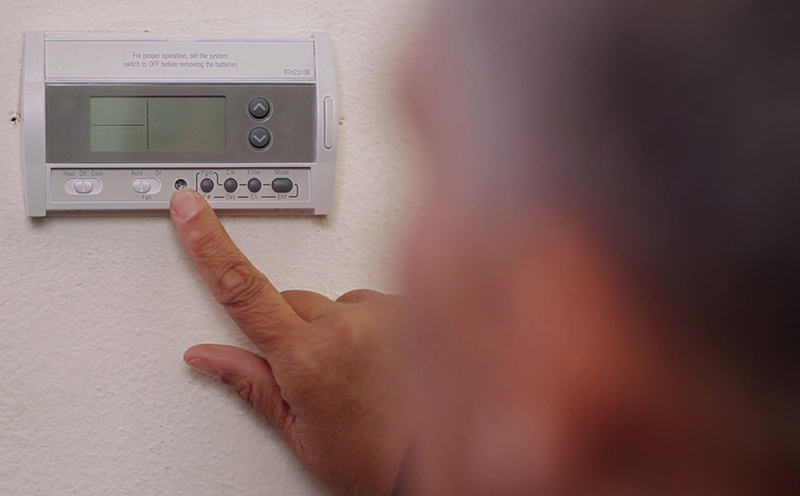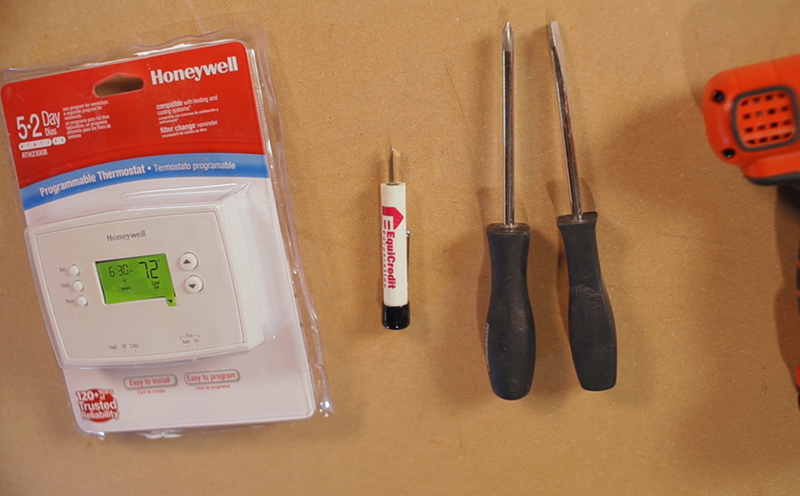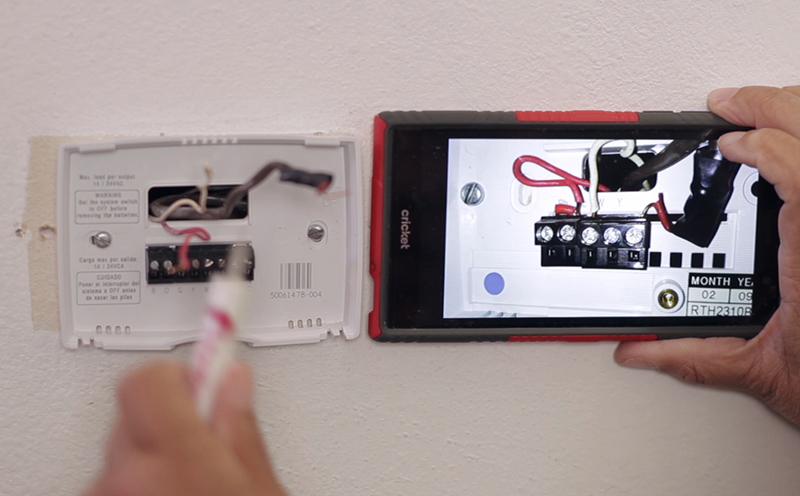The advantages of having a programmable thermostat in your home are many. Not only does it help you save money on your heating and cooling costs, but it also helps you heat and cool your home to suit your own schedule and lifestyle.
It’s a small way to do your part to conserve energy, and you can do it without the bother of having to remember to adjust your thermostat when leaving or returning to your home, or before going to bed at night.

Purchasing considerations
When choosing a programmable thermostat, it’s essential to make sure it’s compatible with the heating and/or cooling system in your home. The most common system type is central heat (or central heat/air). These are run by 24V, oil, gas or electric. Some other types include baseboard heating, heat pump and floor/wall furnaces.
Programmable thermostats generally offer a few different types of scheduling options.
- 7-day. The 7-day type allows you to set up a unique schedule for every day of the week, and up to four different schedules per day. These thermostats offer great flexibility for those who don’t work a traditional Monday-Friday schedule, and families with very busy schedules.
- 5-1-1 day. This type enables you to set a schedule for weekdays, and then separate one-day schedules for Saturday and Sunday.
- 5-2 day. This one is similar to the 5-1-1 type, except that the schedule for Saturday and Sunday is the same. This is a popular option for many people.
- 1-week. The one-week type is where the schedule is the same each day of the week, with up to four different periods in the day.
Installation tips
Installing your new thermostat is a very manageable task. Just follow some guidelines to ensure that the installation goes smoothly:
- Always shut off the power to the thermostat before beginning. You can shut it off at the breaker panel, or at the furnace.
- Read the instruction manual carefully before beginning the installation. This is also a good way to ensure you have everything you need on hand to complete the job, before you actually remove the old thermostat. For instance, most programmable thermostats require batteries.
- Assemble the tools and batteries that you need before beginning.

- Take a picture of the existing wiring before you detach the old thermostat. This will help you properly wire the new thermostat. Another option would be to label each wire with the labels included in most thermostat packaging.

For complete, step-by-step instructions on how to install a programmable thermostat, check out this video. You can do this!
Want more tips from See Jane Drill? Watch more DIY home improvement videos.
Don’t miss out on the next Zillow video! Subscribe today to see the latest.
Related:
